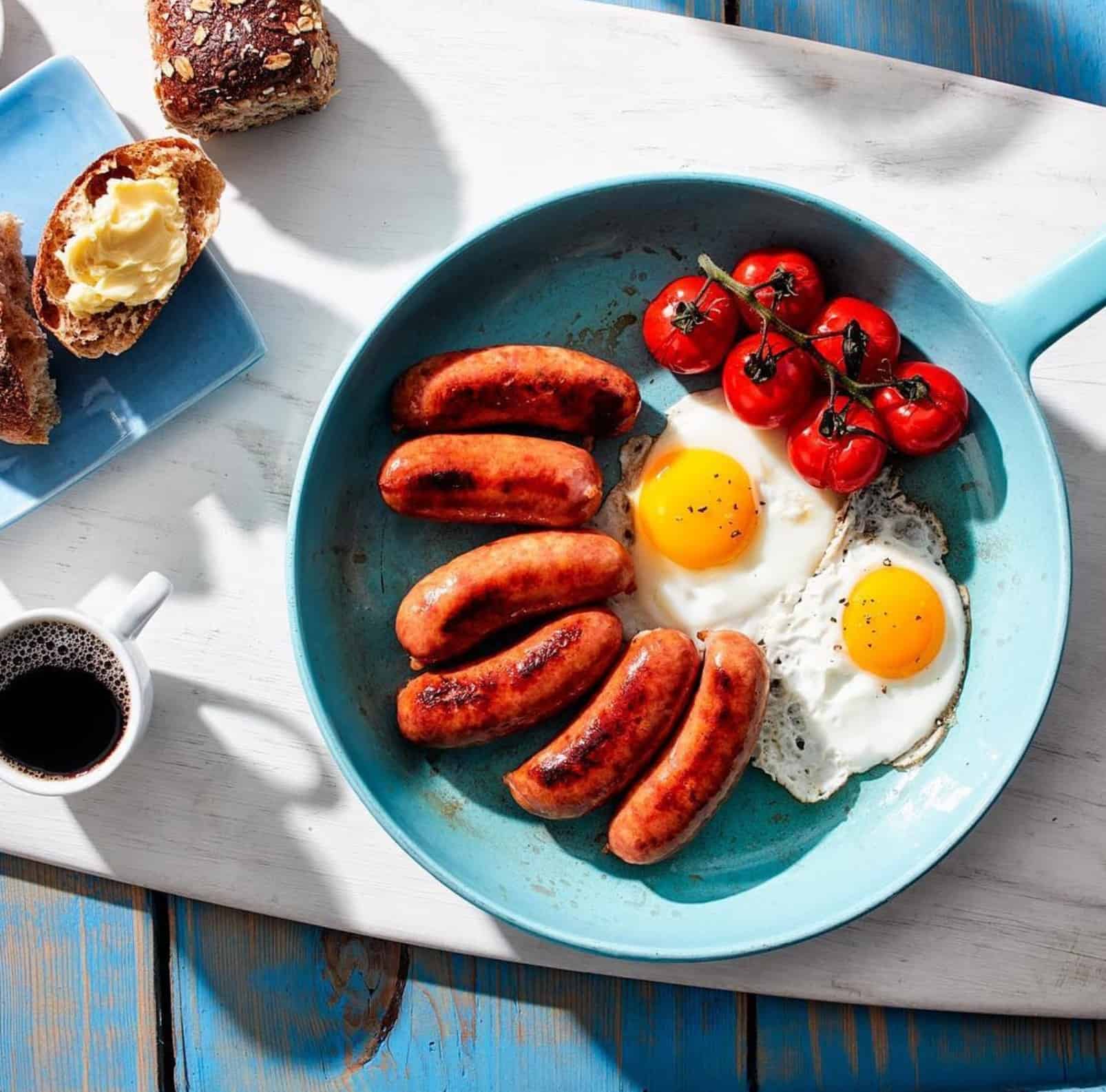Digital Insights Hub
Your source for the latest trends and insights in digital technology.
Snap, Sizzle, Serve: The Secret Life of Food Photography
Unlock the secrets of mouthwatering food photography! Discover tips, tricks, and behind-the-scenes magic to make your dishes irresistible!
10 Essential Tips for Capturing Stunning Food Photos
Capturing stunning food photos is a blend of art and technique. To start, natural lighting is your best friend. Aim to shoot your food photos near a window during the day when the light is soft and indirect. This will help to enhance the colors and textures of the food. Additionally, consider using a reflector—this can be as simple as a piece of white cardboard—to bounce light back onto your dish, smoothing out harsh shadows. For more tips on mastering natural light, check out this guide from Creative Bloq.
Composition plays a crucial role in food photography. One effective technique is the rule of thirds, which suggests dividing your frame into nine equal segments and placing your subject along these lines or their intersections. This creates a more balanced and engaging image. Another tip is to include a few props that complement your dish but do not overwhelm it. Consider using items like utensils, napkins, or fresh ingredients to add context. For a deeper dive into composition techniques, visit Digital Photography School.

The Science Behind Food Styling: Making Dishes Look Irresistible
The art of food styling combines both science and creativity to transform ordinary dishes into visually stunning presentations that entice and captivate. Understanding the principles of color theory is crucial, as food styling relies on appealing color combinations to enhance a dish's allure. For instance, complementary colors can create visually striking contrasts, while analogous colors can produce a harmonious and inviting look. Additionally, the use of proper lighting, angles, and composition plays a significant role in showcasing textures and details. According to the Food & Wine magazine, great lighting can elevate a simple meal into a culinary masterpiece.
Textural contrast is another vital aspect of food styling, where varied textures can evoke a sensory response that draws the viewer in. Layering different elements, such as crunchy vegetables against creamy sauces, not only creates visual interest but also tells a story about the dish's flavor profile. Furthermore, the arrangement of food on plates can significantly affect perception; for example, negative space can make a dish feel less cluttered and more appetizing. By utilizing these techniques, food stylists can turn everyday meals into irresistible visual experiences. For in-depth insights on effective styling methods, you may refer to The Kitchn.
How to Choose the Right Lighting for Perfect Food Photography
When it comes to food photography, lighting is crucial for capturing the vibrant colors and textures of your dishes. The first step in choosing the right lighting is to understand the different types of light available. Natural light is often considered the best choice because it creates a soft, warm atmosphere that enhances the appeal of food. For instance, shooting near a window during golden hour can create stunning results. For more tips on using natural light, visit Digital Photography School.
If you find that natural light is not sufficient or available at the moment, consider investing in artificial lighting options. A combination of softboxes and LED lights can help replicate soft natural light, allowing for consistent results throughout the day. It's essential to avoid harsh lighting, as it can cast unflattering shadows and create unsightly highlights. For a comprehensive guide on artificial lighting techniques, check out Creative Bloq.